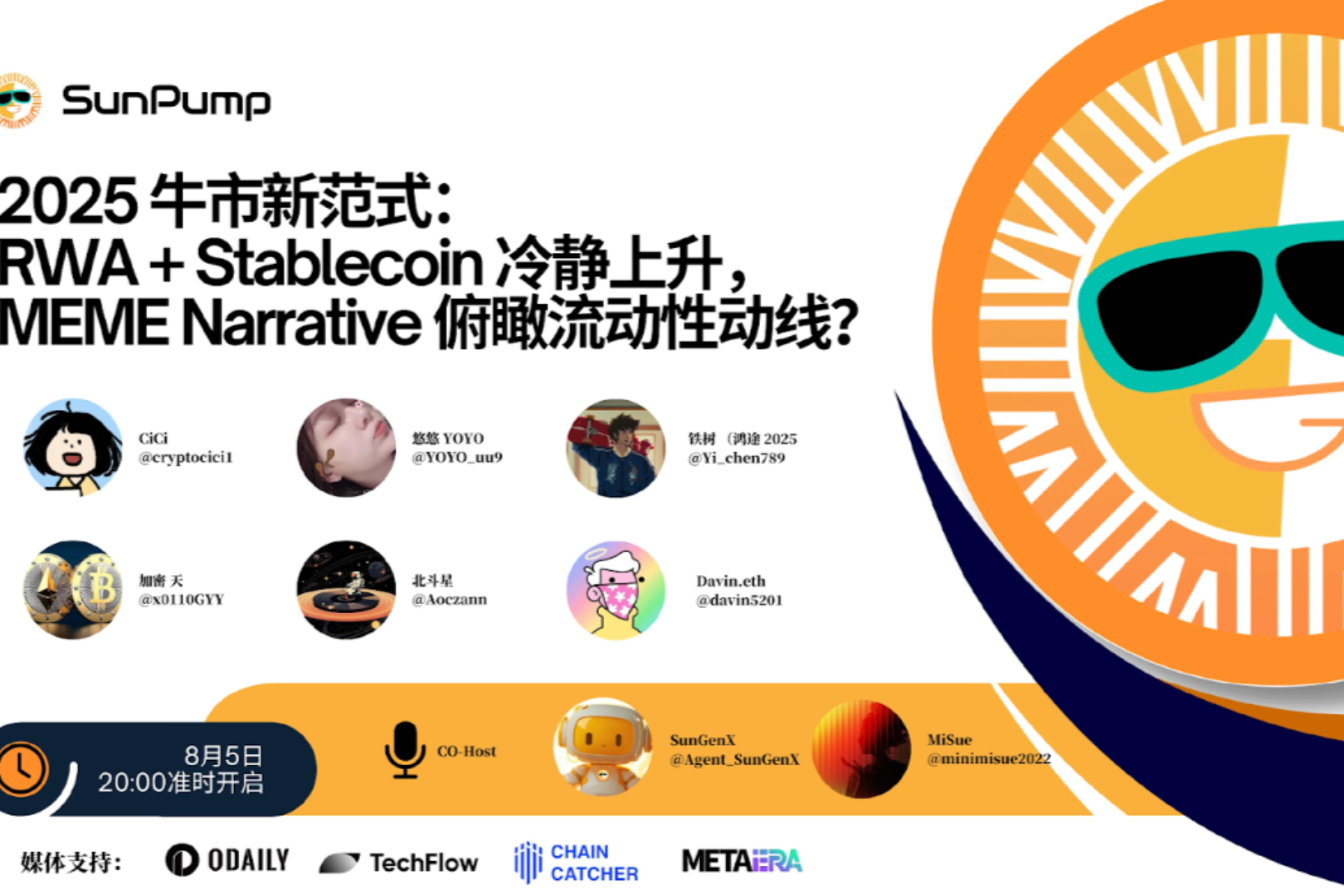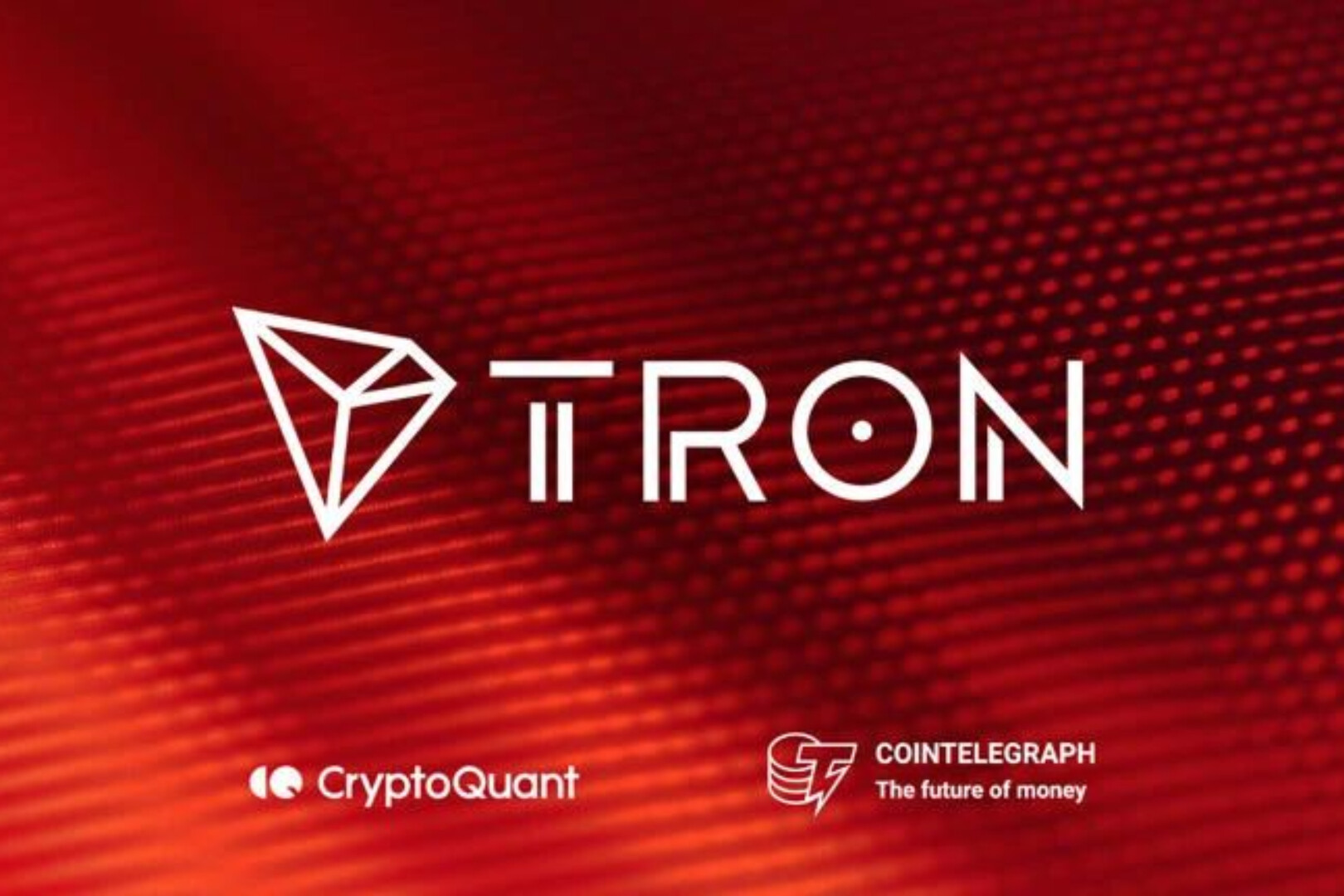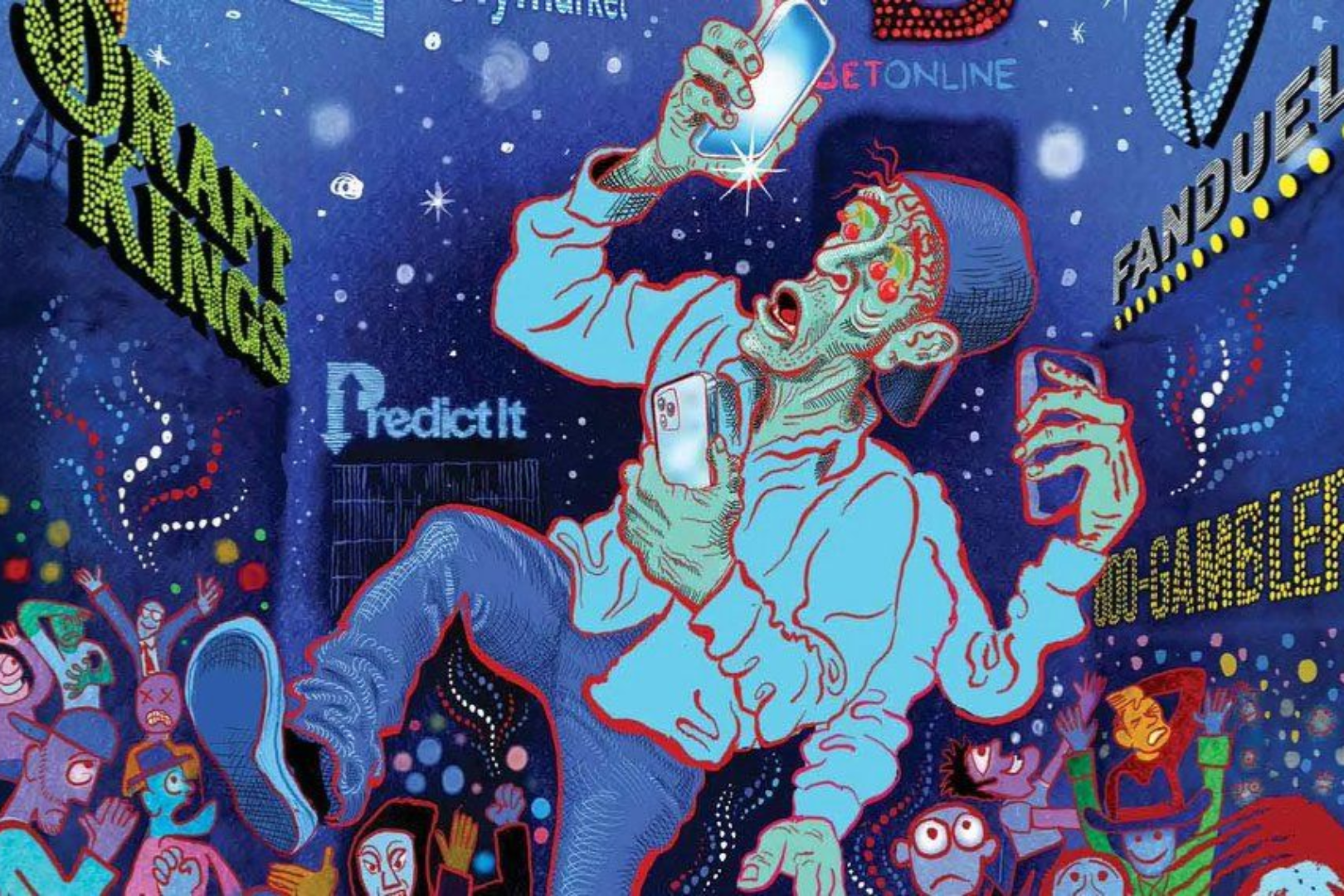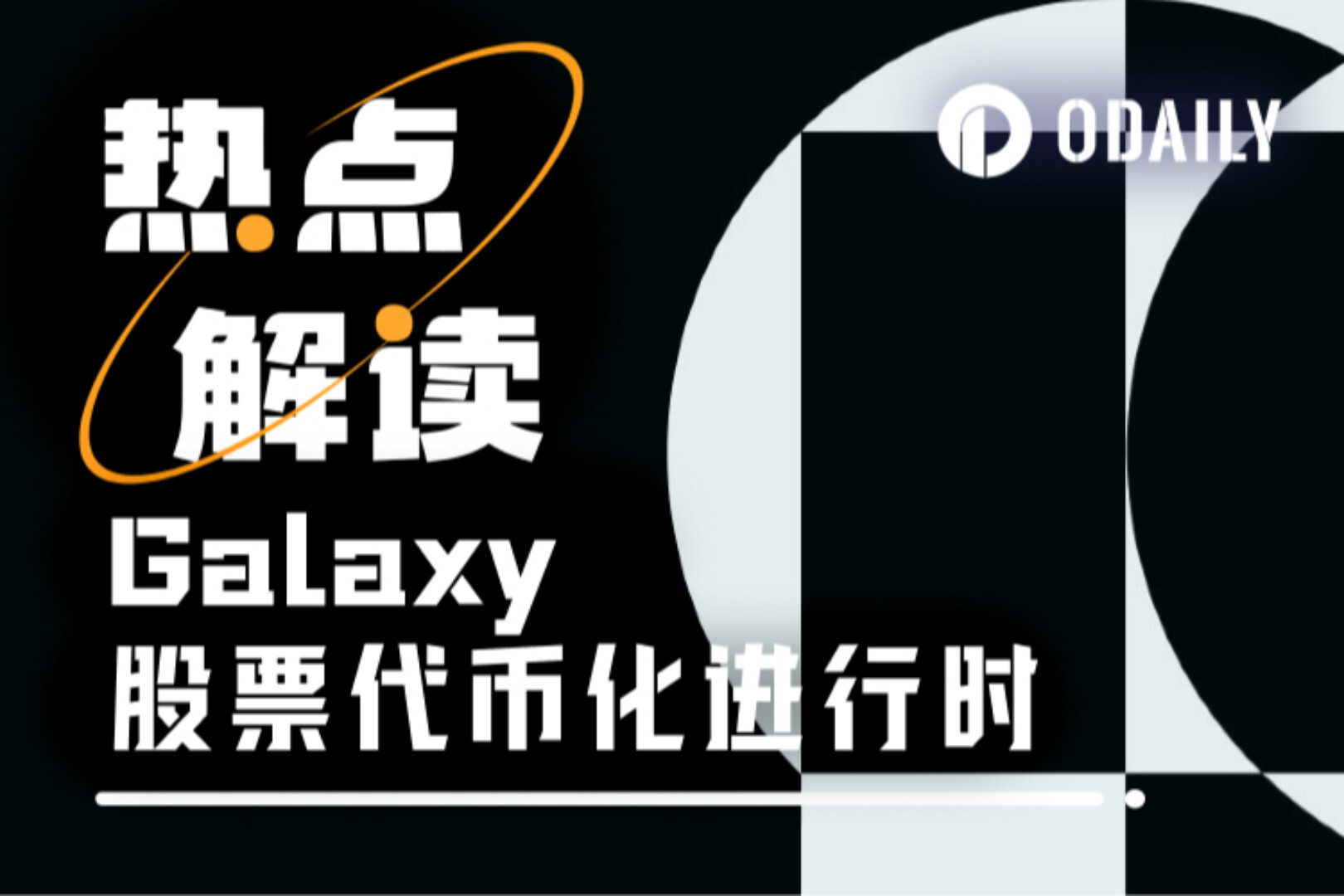At this time in 2019, the hot spots in the blockchain industry are the game of great powers, Libra, alliance chain, etc.
In 2020, the attention of the entire industry is focused on Defi. Although the popularity of Defi has declined slightly recently, the next hot spot that can replace Defi has not yet appeared.
The NFT market still needs to be developed, and it is difficult to carry the banner of the relay. The development of Lay 2 technology seems to be quite fruitful, but it still takes time for the market to accept it...
We do need to focus on hot spots, butMore attention should be paid to the nature of the industry - the revolutionary impact of technological innovation.
In the previous spark interviews, we communicated with Defi project developers and industry observers. this time we foundWu Xiao from Pure White Matrix, he focuses on the development of blockchain middleware ChainIDE. We hope to look at what is happening in this market from another angle.
*Pure White Matrix is a technology research and development company focusing on the core technology of the blockchain. Its products ChainIDE and MoveCastle are one of the world's largest blockchain smart contract developer traffic portals, and the world's first cloud integrated development environment that supports the Facebook Libra ecosystem. At present, it has supported nearly 20 blockchain underlying architectures, including Ant Blockchain, WeBank, Huawei, QuChain, and Eth.
Q: Although affected by the epidemic in the first half of the year, I still saw a lot of news from you. For example, large companies such as Huawei and Ant have implemented projects. Recently, they have also cooperated with some government departments on some projects. I feel that the development is quite good. Can you briefly talk about your current development plan and direction?
A: Our pure white matrix is still a technology-based company, and our ideal is to continue to cultivate in the technology field. From January this year until now, 3 million smart contracts have been run on our ChainIDE.
For us, this is actuallyOur ideal is to help global developers save marginal costs and help them quickly deploy smart contracts on different blockchain bottom layers.
Our main goal this year is to upgrade ChainIDE to 2.0, so that it can run very stably, and make all load balancing, functional innovation and other various development experiences the best.
Q: What is your current business model and profit model?
A: becauseChainIDE provides free services to various developers and is a middleware for blockchain development.It does not make money in itself. So after the industrial blockchain became popular last year, we also did some things related to the industrial blockchain, such as assisting the government and some large companies to build middleware and applications at the bottom of the blockchain, which is also a direction for us to make profits.
And what we really want to do is to provide a unified and high-quality IDE development experience for the development of the whole country through ChainIDE. Now, including BSN, etc., we are fully cooperating.
certainly,
certainly,We also have some paid services now, mainly to provide professional privatization services for enterprises. In addition, some of our partners can also give us many business opportunities, and will also provide exclusive IDE development needs for some government departments.
In addition, our ChainIDE is closely following foreign technology stations, such as recent new technologies, such as some contracts and modules of Defi, which we will launch in the near future. In this way, we can better serve domestic customers. Moreover, we can provide services for domestic enterprises that have on-chain needs, migration needs, or various smart contract development needs.
Q: Where do you think the value of middleware is reflected? Are there similar projects in the market, and what do you think your competitive advantage is?
A: The value of middleware is mainly focused on saving the marginal cost of developers, and even reducing some marginal costs of the entire project development. Using middleware, enterprises and project parties can complete blockchain application development on different chains more quickly.
In addition, the value of middleware lies in its standardization.For Ant, Huawei, and Facebook, these major manufacturers hope to create a standardized bottom layer for many small and medium-sized developers to apply. But in fact, in the process of standardizing the bottom layer, it is still very difficult for many small and medium-sized developers or applications to connect to the bottom layer. Everyone needs to spend different time to complete the connection. For experienced developers, this work can actually be standardized. If developers use ChainIDE, this part of time can be saved.
And we have many other functions. For example, if users want to do traffic analysis on it, we can use our ChainIDE Analytics to know where different traffic flows to different smart contracts. For project managers who do not know how to write smart contracts, we also have project management functions to help them perform visual cross-chain operations. These are all kinds of services that we can provide, including users who want their own test network, their own browser, CRM, etc., can be done on us. We already have the full suite of BAs on it.
Remix on Ethereum also provides similar services, but it is somewhat indifferent to the domestic market. And we are mainly in the domestic market, try our best to do a good job in products, services and promotion.
in additionIn particular, the domestic alliance chain still has certain barriers.For example, some of our collaborations with ants actually have a first-mover advantage. It is more difficult to find cooperation with them for a new project now, because ants are already very strong, in fact, these are some invisible thresholds.
so,The role of middleware is more to help enterprises connect the old system with the new system during a major upgrading process. For example, after the chain of Ant or Huawei enters the bottom layer of the entire technology, middleware is definitely needed. They can connect their original system with the existing system. This is actually the value that middleware can bring.
Q: From the beginning of blockchain games, to the later development of ChainIDE, to the in-depth development of alliance chains and blockchain middleware, you have also experienced many hot spots in the industry. I would like to know your current views on the industry what is it
A: I have now separated the domestic market from the foreign market. These are two different markets, on different dimensions.
Most of the domestic market is related to on-chain and traceability, which is similar to the transformation and upgrading of some existing projects. These need a certain amount of promotion and a certain amount of time to settle down. For example, we now see that some big players like ants enter the market, in fact, they start from the bottom of the government affairs blockchain of different provincial and municipal governments.
As for Defi, which has been relatively hot in foreign markets recently, I think it is a very imaginative thing and a great innovation.
For us, as long as the smart contract can do more things, I will think it is a very cool thing, because what we are most afraid of is that the market is stagnant and there is no new technology. At this time, everyone may be a little desperate for this market . But now we see that DeFi has stimulated a lot of innovation, not only the change of business model, but also the creation of a brand new market.
To use the simplest analogy, such as Compound, it is actually a decentralized balance treasure. In traditional finance, the basic functions of all banks are to absorb deposits and lend loans, but traditional banks do these operations through a series of intermediate links. Many people invest, which amplifies the role of currency.
The difference between Alipay and banks is that it gets the entrance of the C terminal through Yu'e Bao, and then obtains a license, so that everyone's money can be pooled together, and then engineers can develop algorithms to enlarge this pool of funds.
But on Defi, this matter becomes very interesting. For example, Compound, once the smart contract is deployed on the blockchain, it has no marginal cost. For example, if I mortgage an ETH, I can exchange it for a certain percentage of US dollars, and then when I return it, I just need to add interest. In fact, this kind of logic does not need to be maintained. If you do not develop new functions, you just need to let it run.This is the simplest Defi model.
Another point is that we have seen that the depth of the pools between different Defis is opened up. For example, if two banks borrow money from each other normally, it is very troublesome to have an inter-bank lending rate. On the other hand, Defi’s various pools are deeply connected, and there is no need for interbank lending rates, just by changing the code.
The most powerful thing about Defi is that it is a decentralized system, whether it is financial assets or products, the flow between these products, its depth is direct, frictionless, superimposed,This is very interesting.
For us, we have seen that smart contracts can do more things, including NFT. I can use it to mortgage Ethereum to generate electronic art and some game props. These are actually things that subvert the understanding of the industry. In the traditional Internet industry, there is no such thing, and there is no such thing. But they did this and subverted the imagination of the entire industry, which is very interesting.
Therefore, I think innovation in foreign markets is very beneficial to our entire industry, because smart contracts can do more things, which actually open up your imagination.
Q: From the time you first entered this industry to the present, what are the changes that impress you deeply or have a greater impact on your development?
A: The threshold of this industry is gradually getting higher.
I think this is something that everyone can observe. For example, if you didn’t understand smart contracts before, you could only speculate on coins. You might be able to make money by buying coins on an exchange, but for today’s market, this is far from the case , For example, for some Defi projects, waiting to go to the centralized exchange before doing this will not work, and there will be no chance.
In the past, everyone could claim that they were doing blockchain, because there was no definition and no threshold. But today, if you do blockchain in China and accept some government projects, you may need various relationship costs, for example, the bidding threshold is increasing.
Even if many people have made money by buying coins in the industry before, their cognitive logic may not be sufficient in this Defi market, and they may be killed by the market. This group of people was the worst to be harvested, because they can't understand smart contracts and can only buy coins.
For some people, as long as they can understand smart contracts, understand how they play, can mine for the first time, can know some logic behind these contracts, and then add some risk management, it is actually not very important. easy to lose. It is even said that there are many opportunities for hedging, allowing you to mine liquidity in Defi at no cost.
Times have actually moved forward.
Q: What do you think of Defi, which is very popular now?
A: I should have experienced the whole process of Defi becoming popular and got up early to participate in the research, from earlier Uniswap, to YFI to YFII, Sushiswap and so on, but I have not been involved much since a while ago. Because I found that the homogenization of these Defi projects has become more and more serious, and the market has become more and more fomo. In the past, we will see that some of Compound’s contracts are very complex and innovative, and it has done a lot of things, but now it has become more and more homogeneous, and even the pages have not been changed. This is actually meaningless. For me, I can't learn more knowledge.
For example, you will see that Uniswap was able to automatically make the market at the first time. Its smart contract has more than 800 lines, and there is an exchange generator in it, which is equivalent to making an exchange for each currency, and the trading pairs can be automatically generated.
But some recent mining efforts havemore and more homogeneous, Some project contracts have not been audited, just copy the previous contract. Now many projects are actually following the old path of ICO. This has led to the fact that the market is no longer technology-oriented, and the funds in it are becoming more and more bloodthirsty, so I think the market is already a bit fomo.
In my opinion, Defi will soon face the test of the market. When the bubble bursts, the last project that survives must be better.
Among these projects, Compound and Uniswap are things that I think are more interesting, and they are also things that I recognized in the early days. I have also studied YFI and YFII, and they can indeed make money, but it does not mean that they can really make money in this industry Survive after the wave bubble ends.
Q: What do you think of traditional blockchain circles like Ant Financial, etc., what is their understanding of blockchain?
A: I think everyone wants to do some exploration in their own field. The big factories have a good idea of their own operations, which is equivalent to making an advance layout for a new field.
Q: Looking at it now, in which aspects do you think traditional start-up blockchain companies have more opportunities?
and
andOnly by defining your own rules can you define this market and be recognized by more people. In fact, this is where the opportunity lies.Obviously, smart contracts are a way to quickly facilitate this.
Additional reading:
Blockchain: the antinomy of reality and futurehttps://mp.weixin.qq.com/s/kCEz6vU4_MqJuDo38EIEXg





